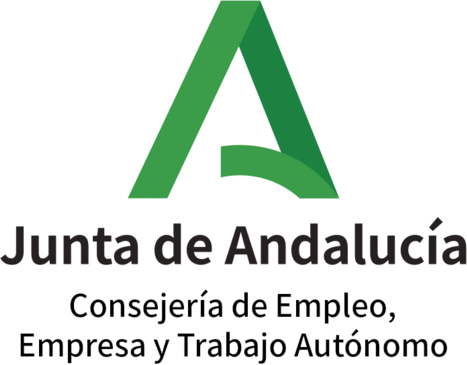
It can be Bruxism
Bruxism is a common disorder that consists in tightening or grinding teeth involuntarily, especially during the night. Many people are not aware that they suffer until symptoms appear as mandibular pain, Dental wear or headaches.
Clinical Microdent, In Huércal-Overa and Mojácar, We have a team specialized in the diagnosis and treatment of bruxism to protect your oral health and improve your quality of life.
How to know if you suffer?
If you wonder “How to know if I have bruxism?”, Pay attention to these signs:
The causes of bruxism are varied, stress being the main trigger. further, There are other factors that can contribute to its appearance:
Identifying and addressing these factors may be crucial to the treatment and prevention of bruxism..
These interventions are performed in the oral cavity, including teeth, mucous membranes and tissues, in order to solve pathological anatomical problems using modern techniques that are fast, simple and painless, being very common procedures today.
In microdental clinic we offer personalized solutions for each patient:
Each treatment adapts to the patient's needs after a detailed evaluation.
The diagnosis of bruxism is carried out through a clinical evaluation, collecting both patient-reported symptoms and observable signs of the condition.
It is important to remember that there is no single sign or symptom that confirms the problem.. Instead, several factors must be considered, like tooth wear, Headaches, muscle pain and/or noise in the joints.
Constitution Plaza 12, Huercal – Overa
T. (+34) 950 13 51 85 T. (+34) 616 85 09 22
Mediterranean way 411, Mediterranean walk 11,
Mediterranean walk.
Monday, Wednesday, Thursday: 8:00 – 15:30
Mars: 9:30 – 14:00 | 15:00 – 18:00
Friday: 8:00 – 15:00
Saturday and Sunday: Cerrado
Monday and Thursday: 8:00 – 15:30
Tuesday and Wednesday: 9:30 – 14:00 | 15:00 – 18:00
Friday: 8:00 – 15:00
Saturday and Sunday: Cerrado




Our project incorporating digital marketing strategies in the activity of the company in the town of Huércal-Overa, which aims to contribute to digital modernization and to improve the competitiveness of Andalusian self-employed workers, has received aid from the European Union and the Junta de Andalucía under the FEDER Operational Program of Andalusia 2014-2020.